What is the best and most powerful mobile processors of 2021?
Every year, many people ask themselves this question before deciding to buy their next smartphone, and although the processor is not the most important thing to look at before buying a device, it is a key component that will determine aspects such as performance, battery life, or support in terms of updates.
For this reason, and to help all those who are looking to buy a new smartphone, today we will review the most powerful mobile processors that exist today, as well as the phones that mount these platforms and the differences between each of them.
The most powerful mobile processors
Virtually all mobile processor manufacturers offer at least one chip aimed at powering the highest-end smartphones available on the market in 2021. As of today, these are the most powerful platforms offered by the major brands:
Qualcomm Snapdragon 888
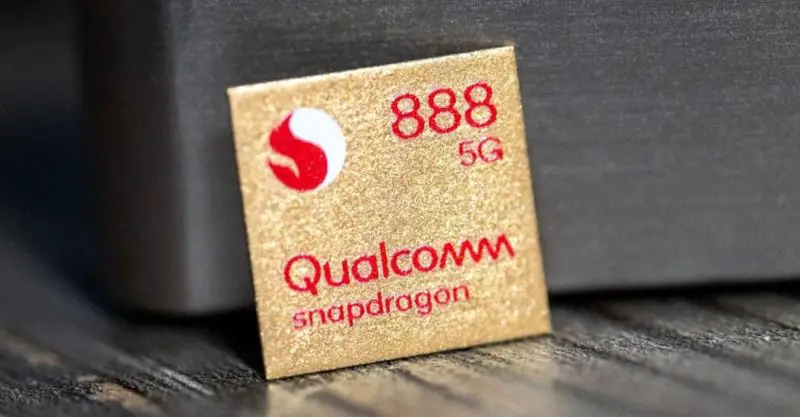
It is the latest installment of Qualcomm’s Snapdragon 800 series, and the most powerful in history. The Snapdragon 888 5G is a high-end processor manufactured in a 5-nanometer format with 8 cores, which makes use of the AMD Cortex X1 architecture for its high-performance core.
Among its strengths, we find an integrated 5G modem that offers speeds of up to 7500Mbps downstream and 3000Mbps upstream.
It is the chip that practically all manufacturers will use this year in their high-end devices, and one of the few capable of competing head-to-head with Apple’s A14.
Apple A14
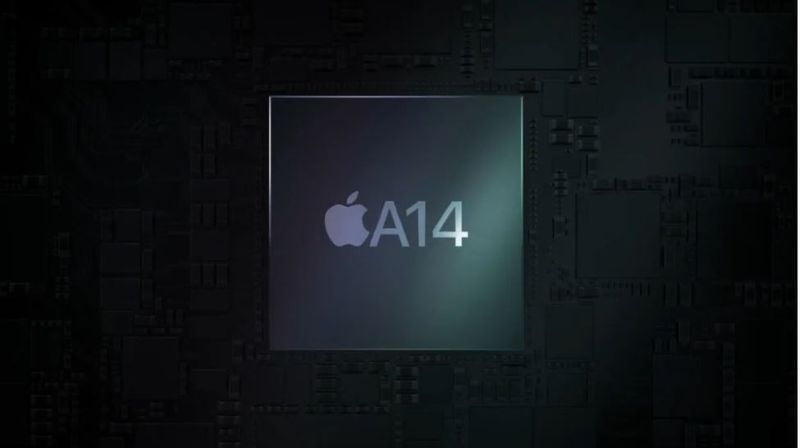
The Californian company Apple continues to bet on processors designed by itself and developed under the “A” brand. This year, it is the turn of the Apple A14, a chip based on 64-bit ARM architecture, built-in 5 nanometers, and a 16-core neural engine.
It is a platform whose CPU is up to 16% faster than the one present in the previous generation, and whose GPU also considerably improves performance compared to the last release.
Like the Snapdragon 888, Apple’s A14 features an integrated 5G modem.
Samsung Exynos 2100
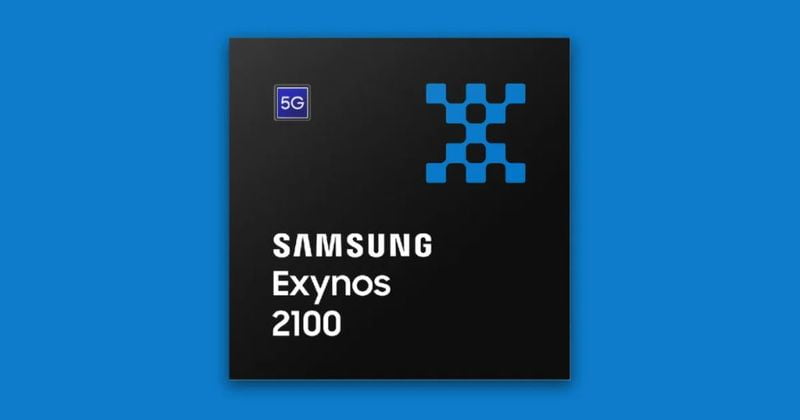
Once again this year, Samsung is generating controversy by equipping its latest flagship devices with a different processor depending on the market they are aimed at. In Europe, the Samsung Galaxy S21 and S21 Ultra arrive with this Exynos 2100, a processor somewhat different from the Snapdragon 888.
But the reality is that in this generation the differences concerning the Qualcomm model are much less appreciable. In both cases, we are talking about 5-nanometer, 8-core processors, which use the Cortex X1 architecture in their high-performance cores.
Also, the model signed by Samsung increases the maximum clock frequency to offer even higher performance.
The only aspect in which it falls behind the Qualcomm Snapdragon 888 is in the graphics section since the Mali G78 GPU of the Exynos does not reach the level of the excellent Adreno 660 of the Snapdragon 888.
HiSilicon Kirin 9000
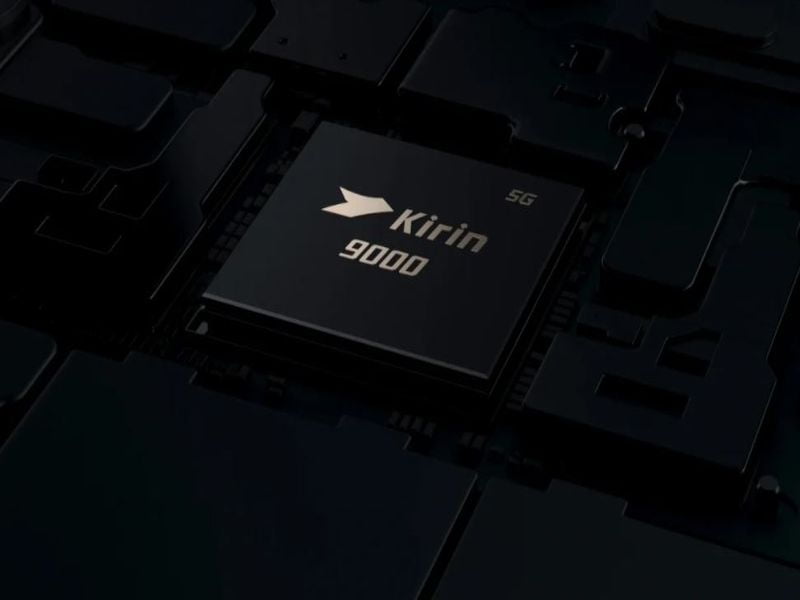
Despite the problems the company is facing since 2019, Huawei continues to bet on creating its processors under the HiSilicon Kirin brand, and the Kirin 9000 is the latest to arrive.
We are talking about the world’s first mobile platform with 5-nanometer manufacturing technology ensuring better performance concerning power consumption, with an eight-core processor up to 3.13GHz and ARM Mali-G78 MP24 GPU, plus an integrated 5G modem.
MediaTek Dimensity 1200
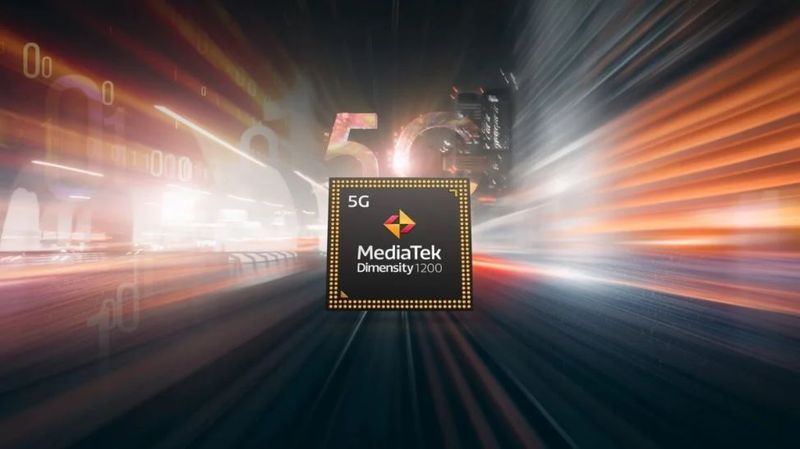
The Chinese firm specializing in semiconductors has a platform that is among the most powerful mobile processors on the planet. This is the MediaTek Dimensity 1200 platform, built-in 6-nanometer format and with a CPU based on a 1+3+4 core configuration with a Cortex A78 core capable of running at a maximum frequency of 3GHz.
Its GPU is the ARM Mali-G77, compatible with screens with a refresh rate of up to 168Hz. Of course, there is also no lack of integrated 5G modem as in the rest of the platforms in this ranking.
What is the most powerful mobile processor of the moment?
At the end of 2020, Apple came up with the Apple A14, the latest generation of its mobile and tablet processor. Today, it is the most powerful mobile processor and the one with the best power-to-energy efficiency ratio on the market.
Which smartphone has the best processor?
If you are looking for a phone with the best processor available on the market, I’m afraid I have good news and bad news. The good news is that there are four models to choose from. The bad news is that none of them has Android.
And the fact is that today the Apple A14 has made more than clear its superiority over other mobile processors currently available in terms of performance, battery life, and optimization, offering an experience simply unattainable by other platforms in aspects such as graphics performance or performing tasks that require a high computational load. Undoubtedly, the best mobile processor of 2021.
Therefore, we can say that today, smartphones with Apple A14 processor are the smartphones with the best processor on the market. And therefore, we are talking about the following models:
If, on the other hand, we talk about the Android smartphones with the best processor, we can refer to the phones that mount the latest platforms of each of the manufacturers. Among them, we find the Galaxy S21 Ultra, the Huawei Mate40 Pro, or the Xiaomi Mi 11.
What are the main brands of mobile processors?
Already knowing the 2021 mobile processor ranking, it is not too difficult to determine which are the most important mobile processor brands today.
Although Qualcomm is the firm that distributes the most processors to manufacturers, and undoubtedly one of the most recognized in the market, it is not the only one we can find when we take a look at the catalog of the main manufacturers of mobile devices.
MediaTek closely follows the Californian company, being one of the majority firms among the devices aimed at the Chinese market, especially those belonging to the entry and intermediate ranges.
On the other hand, Samsung Exynos has been gaining ground in recent years as it is the company that gives life to the vast majority of Samsung phones, and for starting to introduce its platforms in other companies’ smartphones. One example is the Exynos 1080 that gives life to models such as the Vivo X60 and X60 Pro.
And we cannot forget Huawei HiSilicon, a firm that for years has proven to be at the level of the big ones with its Kirin series processors, but which in recent years has seen how part of its ground has been shrinking, due to the restrictions imposed by the US government and the firm’s inability to continue obtaining essential US technology to be able to develop its chipsets.
Finally, Apple is going the “I’ll eat it myself” route with its “A” series processor family, which powers only its iPhone and iPad devices. In the not too distant future, moreover, we could see virtually the entire portfolio of Apple devices being supported by Apple-manufactured processors, such as the new and successful M1.





